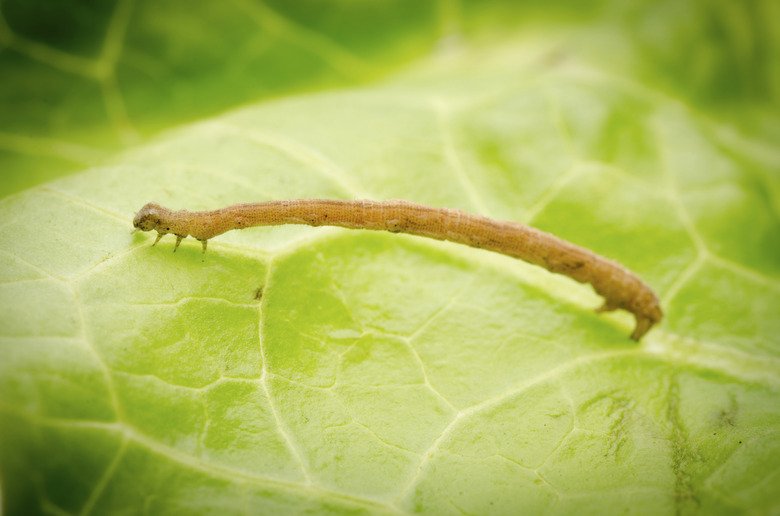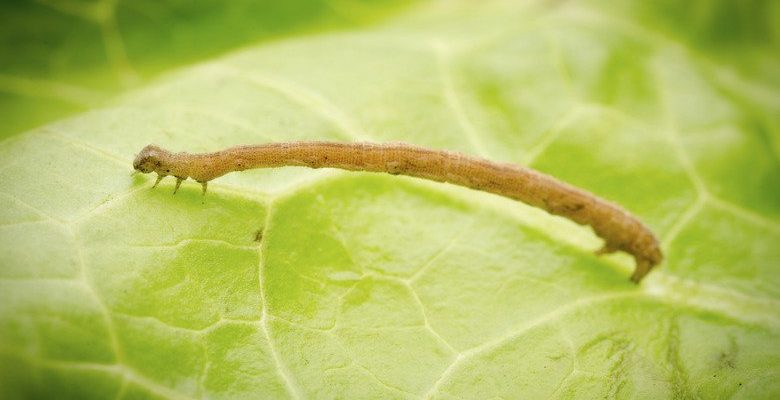
Imagine the food web as a giant spider’s web, with each strand representing a relationship between different organisms. Some strands are thicker, representing stronger relationships, while others are finer, indicating weaker connections. In this web, inchworms serve as both prey and consumers, weaving their way through the lives of many forest inhabitants. In this article, we’ll explore how inchworms impact forest ecosystems, their role in the diet of various animals, and why understanding them is crucial for our appreciation of nature.
What Are Inchworms?
Inchworms are actually the larval stage of certain moth species, most notably from the Geometridae family. You might be wondering why they’re called “inchworms.” Well, it’s because of the unique way they move. They curl up their bodies and then stretch out, creating a distinctive inching motion. How cool is that?
These little critters primarily feed on tree leaves, making them important herbivores in the forest ecosystem. As they munch away, inchworms play a vital role in controlling plant growth. Too many inchworms could damage trees, but their feeding habits also contribute to the complex balance of forest life. Here’s the thing: without these creatures, many plants might overgrow and disrupt the habitat of other species.
Not all inchworms are the same, either. There are various species, each with its own preferred plants and feeding habits. Some prefer hardwoods like oak or maple, while others thrive on softer vegetation. This diversity helps maintain the ecological balance, ensuring that no single species dominates the landscape.
The Role of Inchworms in the Food Web
Inchworms hold a unique position in the food web. They are not only consumers of plant matter but also serve as a critical food source for various predators. Birds, small mammals, and even some insects rely on inchworms for sustenance, creating a lively exchange of energy within the ecosystem.
When birds return from migration in the spring, they often feast on inchworms to help fuel their journey back to breeding grounds. This is a win-win situation: birds get a nutritious meal, and inchworms contribute to the cycle of life in the forest. You might even spot a bird hopping around, hunting for these little green snacks among the leaves.
In addition to birds, other predators like spiders and small mammals also take advantage of inchworms. The energy transfer from these herbivores to their predators is essential for maintaining the balance of populations within the forest. If inchworm numbers were to drastically decline, it could lead to overpopulation of certain plant species and a lack of food for their predators. This could disrupt the entire ecosystem, proving just how interconnected everything is.
Inchworms and Plant Health
Inchworms may seem like a threat to tree health at times, but their feeding habits can actually play a role in maintaining the vitality of forest plants. When they eat leaves, they sometimes help trigger a response from trees. Here’s how it works: when trees detect they’re being eaten, they can produce chemicals that make their leaves less palatable to other herbivores.
Imagine this as a natural defense mechanism. It’s almost like the trees have their own way of sending out a warning signal. By doing this, they help protect themselves from overconsumption by inchworms and other pests. This is crucial because it helps maintain a variety of plants, which in turn supports different habitats for countless species.
However, if there are too many inchworms, they can lead to defoliation. This is when leaves are stripped from trees, which can weaken plants and make them more susceptible to diseases. Keeping a balance is key. Nature often finds ways to regulate this, with predators stepping in to manage inchworm populations and keep trees healthy.
The Importance of Inchworms in Biodiversity
Biodiversity is vital for a healthy ecosystem, and inchworms contribute to this in several ways. By being part of the diet of many animals, they help connect various species within the food web. Their presence supports the survival of not just birds and mammals but also promotes a healthier population of plants in the area.
You might be surprised to learn that some birds even time their nesting seasons around the hatching of inchworms. This synchrony ensures that when baby birds are born, there’s a plentiful food source available for them. It’s like nature’s version of meal planning, perfectly timed to ensure the next generation survives and thrives.
Moreover, inchworms can help indicate the health of their habitats. If a particular species of inchworm is found in large numbers, it can serve as a signal of a healthy ecosystem. Conversely, a sudden decline could suggest environmental distress. Monitoring these little guys can help researchers understand broader ecological changes and act accordingly.
Human Connections to Inchworms
Now, you might be wondering how inchworms affect our lives as humans. Well, their role in forest ecosystems has far-reaching implications for us, too. Healthy forests contribute to clean air, water, and other critical resources. By understanding and appreciating the role of inchworms, we can work towards better conservation efforts.
Many people enjoy engaging with nature, whether it’s through hiking, camping, or simply spending time in their backyards. Observing inchworms can be a fun activity for kids and adults alike, fostering a deeper connection with the environment. Plus, learning about these small creatures can inspire an interest in conservation and ecology.
If you’re into gardening or landscaping, knowing how inchworms affect plants can help you make informed choices. For example, while some inchworms are harmless, others can be more destructive. Recognizing signs of inchworm activity can help you manage your plants effectively, ensuring they stay healthy and vibrant.
Inchworms may not be the most glamorous creatures in the forest, but they are essential players in the ecological drama. From their unique movement to their role in the food web, these little caterpillars are a fascinating part of nature’s intricate balance. By understanding their importance, we can better appreciate the complexity of ecosystems and the interconnectedness of all living things. So, the next time you see an inchworm inching along, take a moment to recognize its role in the grand tapestry of the forest. After all, every creature, big or small, has a part to play in the world around us.

